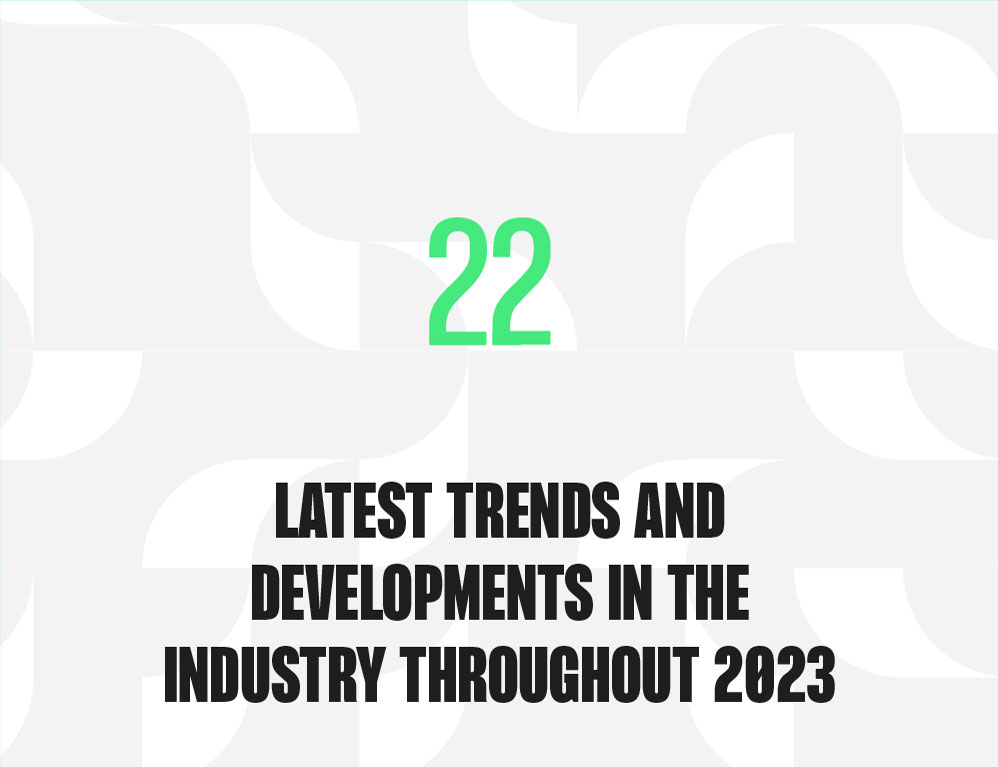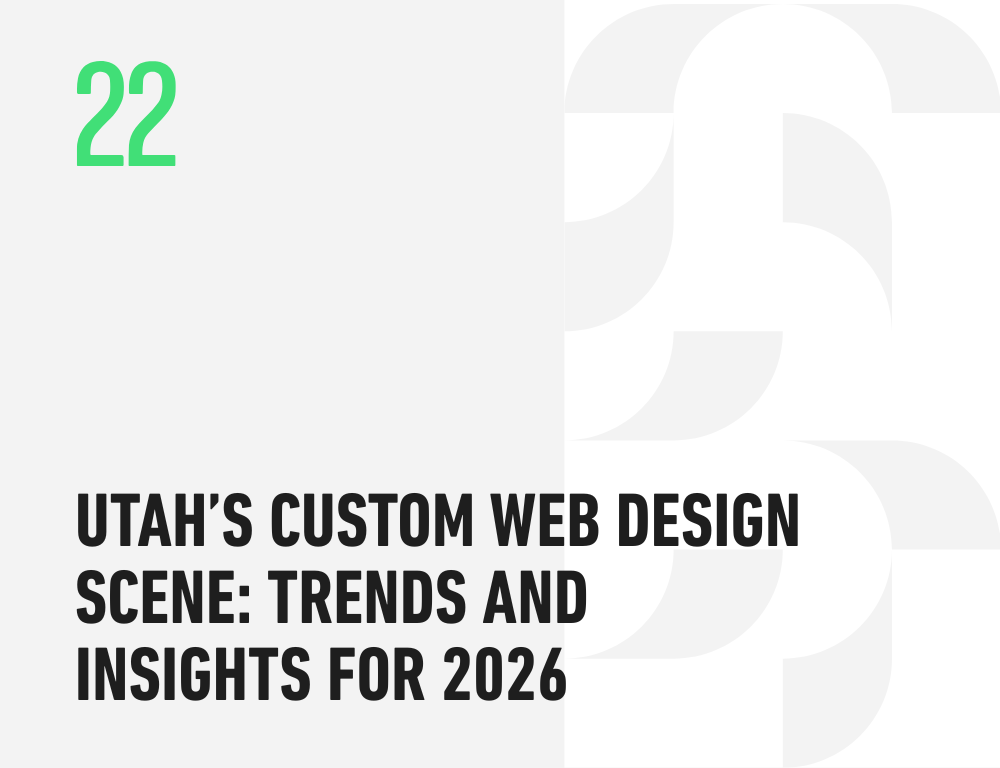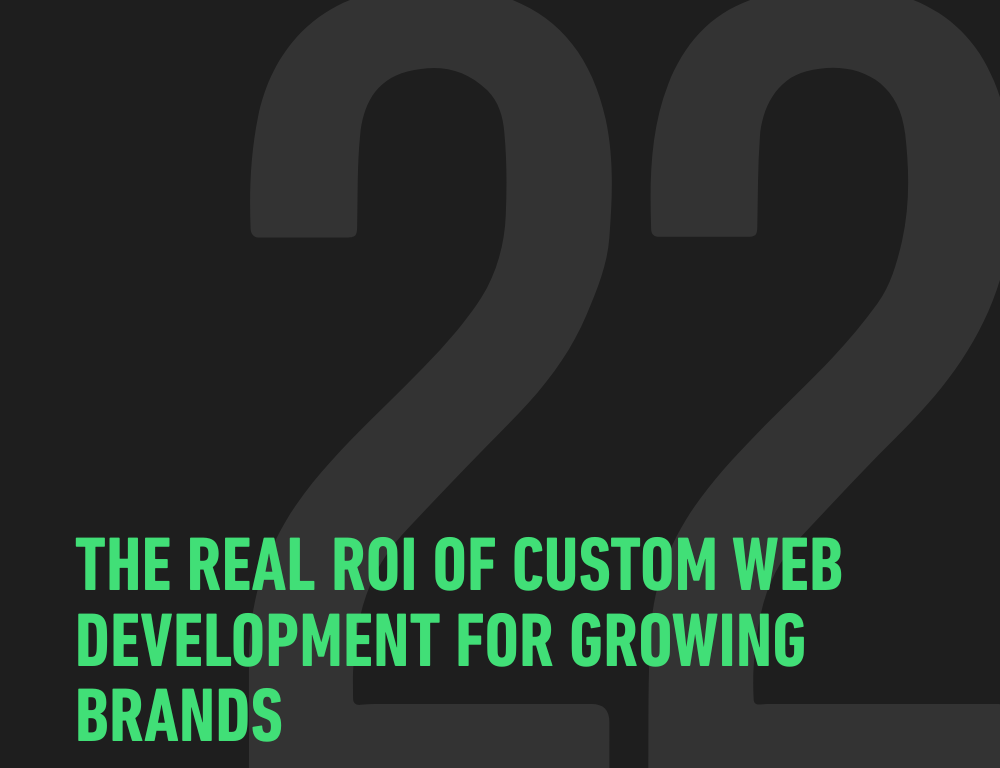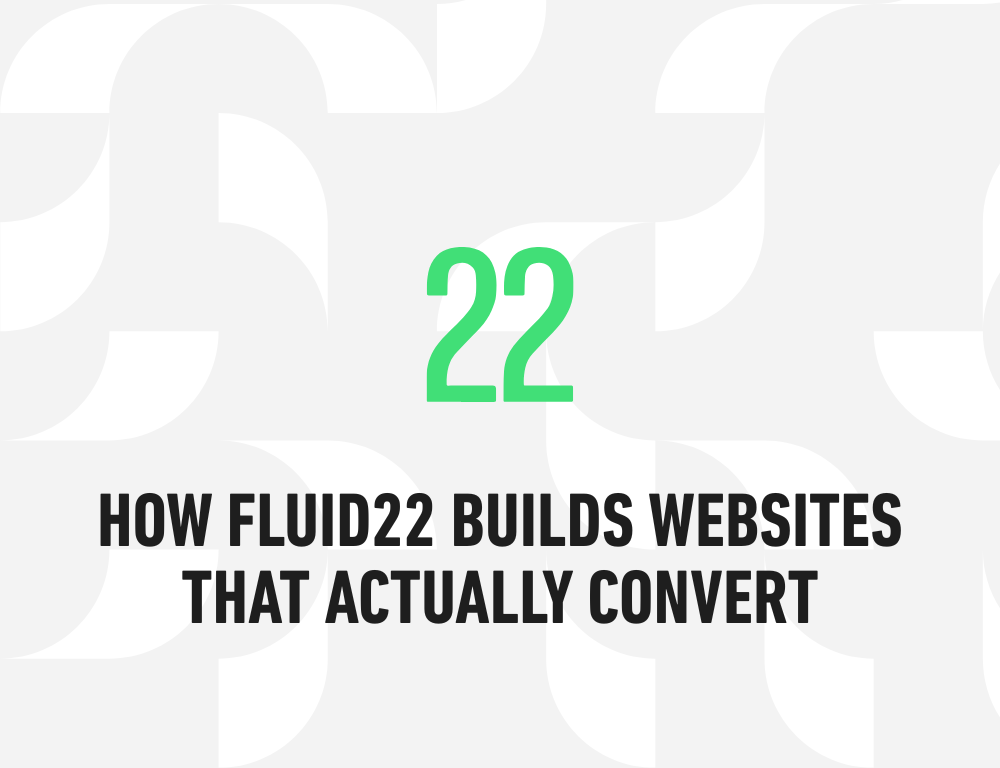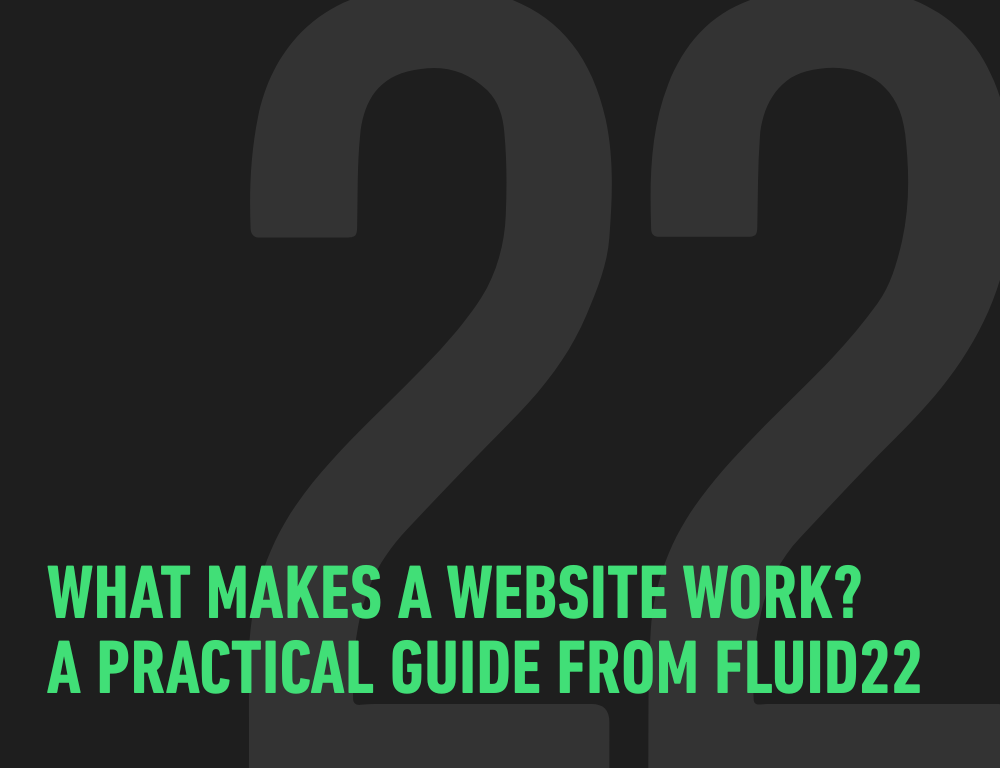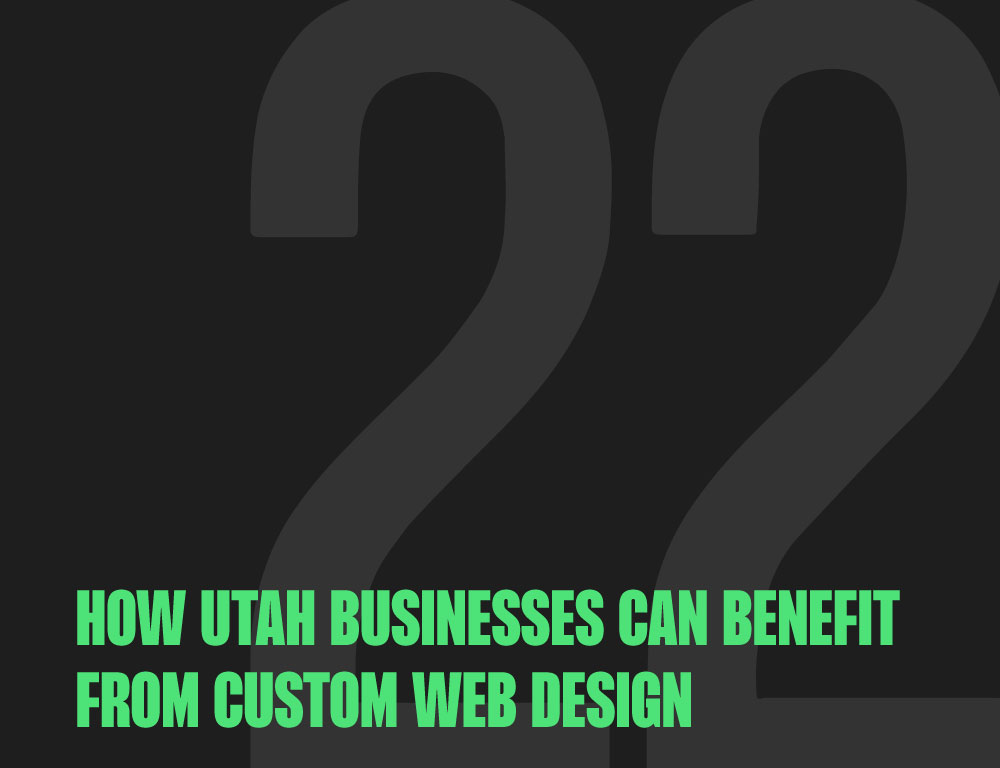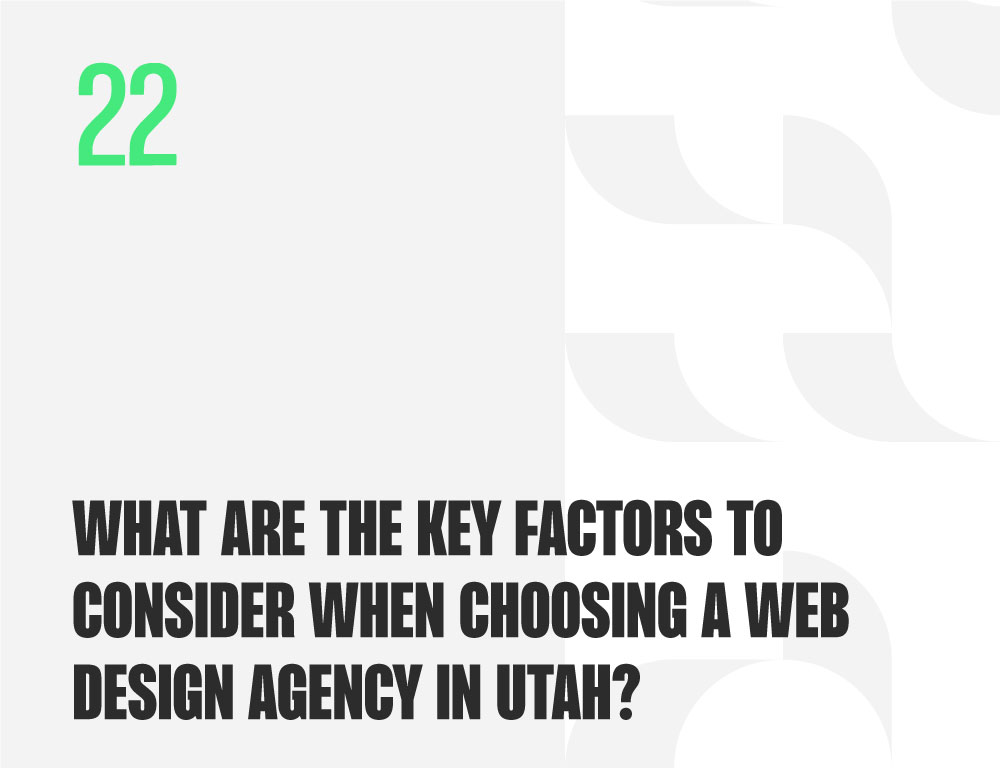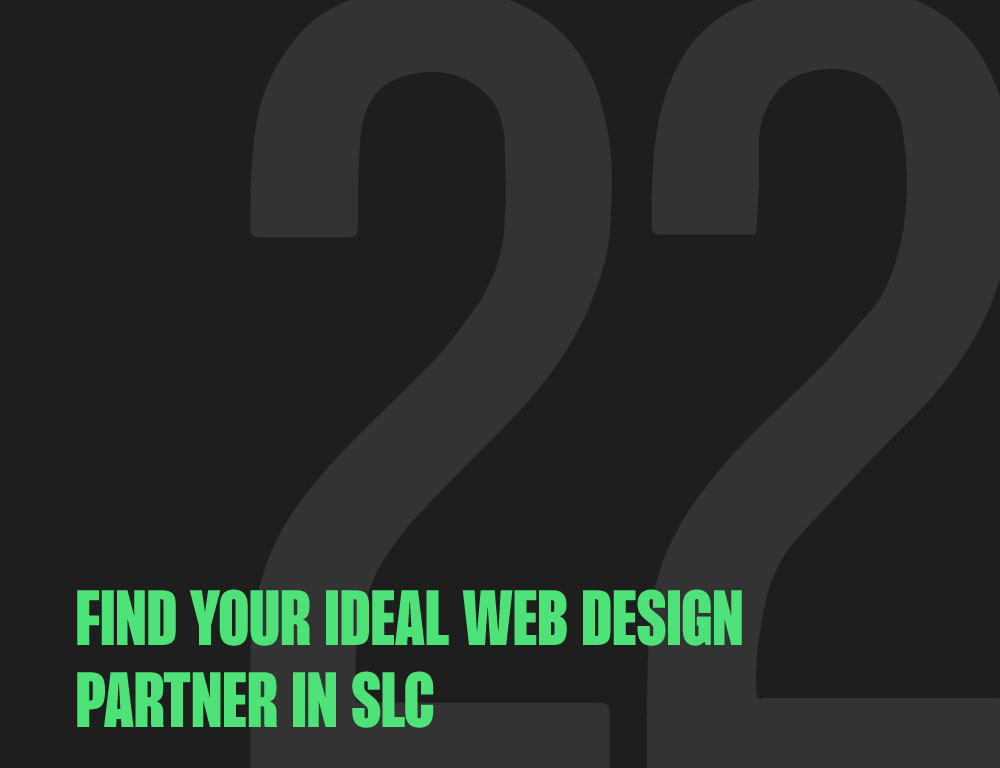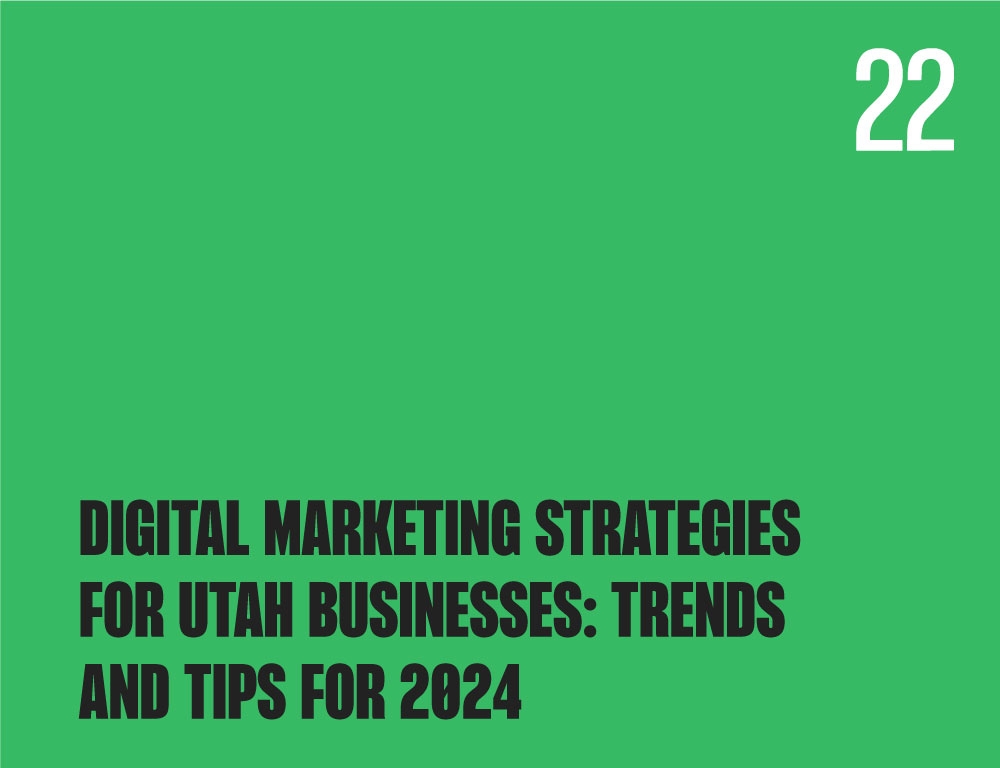As an experienced SEO expert specializing in Web Design
I’ve delved into the latest trends and developments in the industry throughout 2023. Here’s a comprehensive list of trending topics, each accompanied by a brief explanation to underscore its relevance and potential impact:
Responsive Web Design (RWD) and Mobile-First Approach:
Explanation: In 2023, the dominance of mobile users over desktop users is undeniable. Therefore, adopting a mobile-first approach in web design has become paramount. Websites are now predominantly designed with mobile screens as the primary target. This strategy guarantees seamless functionality and aesthetics on smaller devices, providing an optimal user experience for most visitors who access websites via smartphones and tablets. The shift towards mobile-first design reflects the evolving digital landscape and the importance of catering to the preferences and behaviors of modern users.
Dark Mode Web Design:
Explanation: Dark mode has surged in popularity due to its sleek aesthetics and eye-friendly benefits, particularly in low-light environments. Major websites and applications have embraced dark mode as an essential feature, making it a prominent trend in web design. This dark-themed interface offers a visually appealing alternative, reduces eye strain, and conserves battery life on devices with OLED screens. Dark mode’s widespread adoption signifies its significance in enhancing user experience and aligning web design with modern user preferences.
3D Elements and Interactive Web Animations:
Explanation: Advancements in browser capabilities have made it increasingly feasible to integrate 3D elements and interactive animations into web design. These additions offer a highly immersive experience for website visitors, enhancing engagement and dynamism. 3D elements and animations bring a sense of depth and interactivity that traditional 2D design cannot achieve. They are particularly valuable in gaming, e-commerce, and education, where visual engagement is crucial. As technology continues to evolve, we can expect 3D and interactive elements to play an even more significant role in shaping the future of web design, creating visually captivating and interactive online experiences.
Neumorphism Design Trend:
Explanation: Neumorphism is a design trend that follows in the footsteps of skeuomorphism and flat design. It emphasizes soft UI elements characterized by semi-flat designs that create the illusion of depth through shadows and highlights. This approach combines the best of both worlds, providing a visually pleasing user interface that retains a modern and minimalist feel. Neumorphism has gained traction in web design as it adds a tactile and intuitive quality to digital interfaces, making user interactions more engaging and user-friendly.
Web Accessibility and Inclusive Design:
Explanation: In 2023, web designers strongly emphasize ensuring that websites are accessible to everyone, including individuals with disabilities. This inclusivity-focused approach involves several key considerations. Designers are prioritizing color contrasts to make content easily readable for those with visual impairments. They also focus on keyboard navigation, ensuring that all website functions can be accessed without a mouse, benefiting individuals with motor disabilities. Additionally, web designers are creating voice-over-friendly sites, making it easier for users who rely on screen readers to access and interact with web content. This commitment to accessibility reflects a growing awareness of the importance of inclusivity in web design, aiming to provide equal access to information and services for all users.
AI-driven Chatbots and Assistance:
Explanation: Personalization and real-time communication are essential in today’s digital landscape. To meet these demands, many websites have integrated AI-driven chatbots. These chatbots interact with visitors in real-time, providing personalized assistance, recommendations, and answers to queries. This enhances the overall user experience and boosts user engagement by providing immediate and relevant information. AI chatbots can handle routine tasks and inquiries, freeing up human resources for more complex tasks. Their ability to learn and adapt to user preferences makes them valuable in web design, aligning with the desire for personalized and responsive online interactions.
Virtual and Augmented Reality (VR & AR) Integration:
Explanation: With the increasing mainstream adoption of Virtual Reality (VR) and Augmented Reality (AR) technologies, websites incorporate these elements to provide users with highly immersive browsing experiences. This trend is particularly evident in sectors like e-commerce and real estate. In e-commerce, AR allows customers to visualize products in their real-world environment before purchasing, enhancing decision-making. In real estate, VR tours give potential buyers a realistic sense of properties, saving time and offering a more immersive exploration. As VR and AR technologies advance, we can expect more industries to leverage them to create interactive and engaging web experiences for users.
Single Page Applications (SPA):
Explanation: Single-page applications (SPAs) operate within a web browser and minimize the need for page reloading during use. Frameworks like React and Angular have simplified the creation of SPAs, resulting in faster load times and an improved user experience. With SPAs, web content dynamically updates as users interact with the site, making for a more seamless and responsive browsing experience. This approach has become popular as it reduces interruptions caused by page refreshes, making web applications feel more like native apps. SPAs are especially valuable for web applications and platforms prioritizing speed, interactivity, and a smoother user journey.
Web Vitals and User Experience (UX):
Explanation: In 2023, Google’s Web Vitals metrics have renewed the focus on user experience in web design. Websites are now being optimized with metrics like Largest Contentful Paint (LCP) and Cumulative Layout Shift (CLS) in mind. LCP measures the loading performance of a web page, ensuring that content appears quickly. CLS, on the other hand, assesses visual stability by tracking layout shifts during page load. By prioritizing these metrics, web designers aim to provide users with the best possible experience, focusing on fast loading times and visual stability. This user-centric approach aligns to create websites that are both engaging and user-friendly.
Website Security and Privacy Enhancements:
Explanation: In 2023, the growing concern over user data privacy has led websites to prioritize robust security measures. This includes the widespread implementation of HTTPS to ensure secure data transmission. Websites are also becoming more transparent about their data collection practices, providing clear information to users about how their data is collected, used, and protected. This transparency and emphasis on security are in response to heightened awareness of data privacy issues and regulations like GDPR and CCPA. By taking these measures, websites aim to build trust with users and demonstrate their commitment to safeguarding sensitive information, fostering a safer and more trustworthy online environment.
By leveraging these trends, we can ensure that your client’s website remains at the forefront of the web design industry, attracting organic traffic and offering visitors an optimized and modern browsing experience.
Engage, explore, and excel with Fluid22
